What is the meaning of value betting?
Value betting is a strategy where you place bets on outcomes that are more likely to occur than what the bookmaker's odds suggest. It's about finding overpriced odds and exploiting them for long-term profit, even if individual bets might lose.
Why is value betting important in sports betting?
- It's the only sustainable way to make long-term profits from sports betting
- It gives you an edge over bookmakers by identifying mispriced markets
- It works even with restricted accounts, unlike matched betting
Ready to turn the tables on the bookies? Let's dive into the mathematical foundations that separate winning punters from weekend warriors.
Understanding the core concepts
Fair odds
Fair odds represent the true probability of an outcome occurring without any bookmaker margin built in. Think of it like this: if you could bet on a coin toss with completely fair odds, you'd get exactly 2.0 (evens) for either heads or tails.
Key Point About Fair Odds
With fair odds, neither you nor the bookmaker has an advantage. Over time, you'd break even – which is precisely why bookmakers never offer them!
Let's say you're betting £10 on that coin toss at fair odds of 2.0. Your return would be:
**Return = Stake × Odds = £10 × 2.0 = £20**
That's £10 profit plus your £10 stake back. Since there's a 50% chance of winning, you'd make £10 half the time and lose £10 the other half – perfectly balanced, just like Thanos would approve.
Implied probability
Implied probability shows what the bookmaker thinks the chances are of something happening, based on their odds. It's calculated by dividing 1 by the decimal odds.
For our coin toss example:
**Implied probability = 1 ÷ 2.0 = 0.5 = 50%**
This matches the actual 50% chance, confirming these are fair odds.
| Decimal Odds | Implied Probability | Percentage |
|---|---|---|
| 2.0 | 0.5 | 50% |
| 3.0 | 0.33 | 33.3% |
| 4.0 | 0.25 | 25% |
| 10.0 | 0.1 | 10% |
Expected value
Expected value (EV) is the average profit you'd make from placing a bet repeatedly over time. It considers both the likelihood of winning and losing, plus the amounts involved.
For a £10 bet on our fair coin toss at 2.0:
**EV = (0.5 × £10) + (0.5 × -£10) = £5 – £5 = £0**
This mathematical way of saying “you'll win £10 half the time and lose £10 the other half” shows there's no long-term edge for anyone.
How bookmakers create their edge
The bookmaker's margin
Bookmakers don't offer fair odds because they'd go bust faster than a tourist in a Blackpool casino. Instead, they reduce odds below fair value to guarantee themselves a profit margin.
Using our coin toss example, a bookmaker might offer 1.9 instead of fair odds of 2.0. Your £10 bet now returns £19 if it wins (£9 profit) but you still lose £10 if it loses.
**EV = (0.5 × £9) + (0.5 × -£10) = £4.50 – £5 = -£0.50**
You'll lose 50p on average for every £10 staked – that's the bookmaker's edge right there.
How odds are actually set
Bookmakers employ teams of analysts, sports traders, and mathematical wizards (called quants) who assess probabilities using:
- Historical data: Past results, head-to-head records, form tables
- Current factors: Team news, injuries, weather conditions, motivation levels
- Market intelligence: Odds from other bookmakers and exchanges
- Betting patterns: Where the smart money is going
For a Premier League match between Manchester City and Brighton, they might assess:
– City win probability: 70%
– Draw probability: 20%
– Brighton win probability: 10%
These correspond to fair odds of 1.43, 5.0, and 10.0, respectively. The bookmaker then reduces these to, say, 1.40, 4.5, and 9.0 to build in their margin.
Sharp vs soft bookmakers
Sharp bookmakers
Sharp bookmakers are the Formula 1 of the betting world – sophisticated, fast, and aimed at professional punters. They typically feature:
- Lower margins: Sometimes as low as 1-2%
- Rapid odds adjustment: Prices change within seconds of new information
- High betting limits: Once established, they'll take massive stakes
- No promotional offers: No free bets or enhanced odds
Pinnacle is often considered the sharpest bookmaker globally, though they don't operate in the UK. Their odds are so efficient that other bookmakers use them as a reference point.
Soft bookmakers
Soft bookmakers are more like your local pub team – they'll have a go, but they're not always the sharpest tools in the shed. Most High Street names fall into this category:
- Higher margins: Typically 5-10% on football matches
- Slower to adjust: Often follow sharp bookmakers' lead
- Promotional heavy: Free bets, enhanced odds, and accumulator bonuses
- More vulnerable to value betting: Their inefficiencies create opportunities
💡Expert Tips: Soft bookmakers might have bigger margins, but they're paradoxically easier to beat because their odds are more likely to be wrong. It's like playing poker against someone who's had a few pints – they might be unpredictable, but they're also more likely to make mistakes.
Exchange odds and the wisdom of crowds
Betting exchanges operate differently from traditional bookmakers. Here, you're betting against other punters rather than the house, with the exchange taking a small commission on winning bets.
How exchange odds form
Exchange odds develop through supply and demand. If more money backs Manchester United, their odds drop. If more people lay them, their odds rise. This creates a more organic pricing mechanism.
The “wisdom of crowds” theory suggests that collective betting decisions often produce more accurate odds than expert analysis alone. Multiple studies have shown exchange odds to be better predictors of actual results than bookmaker odds.
Using exchanges for value betting
A simple value betting technique is finding bookmaker odds that are higher than the corresponding lay odds on exchanges. If Bet365 offers 12.0 on a horse while Betfair shows lay odds of 11.0, you've found potential value.
You can either:
1. **Arbitrage:** Back at the bookmaker and lay at the exchange for guaranteed profit
2. **Value bet:** Just back at the bookmaker for long-term profit
Value betting techniques
Setting your own odds
The most fundamental value betting skill is creating your own odds before comparing them to bookmaker prices. This requires:
- Deep knowledge: Understanding teams, players, conditions, and historical patterns
- Statistical analysis: Using data to inform probability assessments
- Objective thinking: Removing bias and emotion from calculations
Asymmetric information
Sometimes you'll have information that hasn't been fully reflected in bookmaker odds. This might include:
- Team news: Knowing about injuries before they're widely reported
- Specialist knowledge: Understanding lower leagues or niche sports better than bookmakers
- Market inefficiencies: Spotting when bookmakers have made pricing errors
Steam chasing
“Steam” refers to sudden, sharp odds movements across multiple bookmakers simultaneously. This usually indicates that informed money is moving the market. Following these movements quickly can provide value opportunities with slower bookmakers.
Each way betting and value
Each way betting in horse racing offers unique value opportunities. An each way bet consists of two parts: one bet on the horse to win and another on it to place (typically finishing in the top 2, 3, or 4).
How place odds work
Place odds are calculated using the bookmaker's place terms, usually 1/4 or 1/5 of the win odds. A horse with 10/1 win odds at 1/5 terms would have place odds of 2/1.
This simplistic calculation doesn't account for factors like:
– Number of runners
– Odds distribution among competitors
– Course conditions
– Running styles
Finding each way value
Consider two 7-runner races, both paying 3 places at 1/5 odds:
**Race 1:** All horses equally matched at 6/1
**Race 2:** One favourite at 1/2, one second favourite at 7/1, five outsiders at 100/1
In Race 1, each horse has roughly equal place chances. In Race 2, the 7/1 shot has a much better chance of placing than the mathematical place odds suggest, because the five outsiders are unlikely to finish in the top 3.
Each Way Value Key Point
Two horses with identical win odds aren't necessarily equally likely to place. Consider running styles, course suitability, and the strength of opposition when assessing place value.
Calculating value bets
The value betting formula
To determine if a bet offers value, use this formula:
**(Probability × Decimal Odds) – 1**
Any result above 0 indicates value. For example:
– True probability of outcome: 40% (0.4)
– Bookmaker odds: 3.0
– Calculation: (0.4 × 3.0) – 1 = 1.2 – 1 = 0.2
A result of 0.2 indicates 20% value – excellent!
Comparing implied vs actual probability
| Your Assessment | Bookmaker Odds | Implied Probability | Value? |
|---|---|---|---|
| 50% | 1.80 | 55.6% | No |
| 50% | 2.00 | 50% | No |
| 50% | 2.20 | 45.5% | Yes |
| 50% | 2.50 | 40% | Yes |
Common value betting mistakes
Thinking favourites equal value
Just because Manchester City are likely to beat Luton doesn't mean their odds offer value. Short-priced favourites are often overbet by casual punters, making them poor value despite their high win probability.
Ignoring bankroll management
Even positive EV bets lose sometimes. Without proper bankroll management, you could go broke during inevitable losing streaks before the long-term profits materialise.
Chasing losses
Value betting requires discipline. Increasing stakes after losses or abandoning your system during rough patches destroys the mathematical edge you've worked to create.
💡Expert Tips: Value betting isn't about winning every bet – it's about winning more than you lose over time. Think of it like owning a casino: the house doesn't win every hand, but the mathematical edge ensures long-term profitability.
Quiz – Test your knowledge about value betting
1. What is the implied probability of decimal odds of 4.0?
Answer: 25% (1 ÷ 4.0 = 0.25)
2. If you assess a horse has a 30% chance of winning but the bookmaker offers 4.0, is this value?
Answer: Yes. Your assessment (30%) suggests fair odds of 3.33, so 4.0 offers value.
3. What's the main difference between sharp and soft bookmakers?
Answer: Sharp bookmakers have lower margins and adjust odds quickly, while soft bookmakers have higher margins and slower adjustments.
4. In value betting, should you only back outcomes you think will win?
Answer: No. You should back any outcome where the odds are higher than your assessment of fair value, regardless of whether you think it will win.
5. What does an expected value of +0.15 mean?
Answer: You'll make an average profit of 15p for every £1 staked on this bet over time.
6. Why are betting exchange odds often more accurate than bookmaker odds?
Master your tricast betting strategy
Ready to put your tricast knowledge into practice? Explore our comprehensive betting guides to discover advanced strategies for forecast and tricast betting, or check out our latest horse racing tips to find potential tricast opportunities.

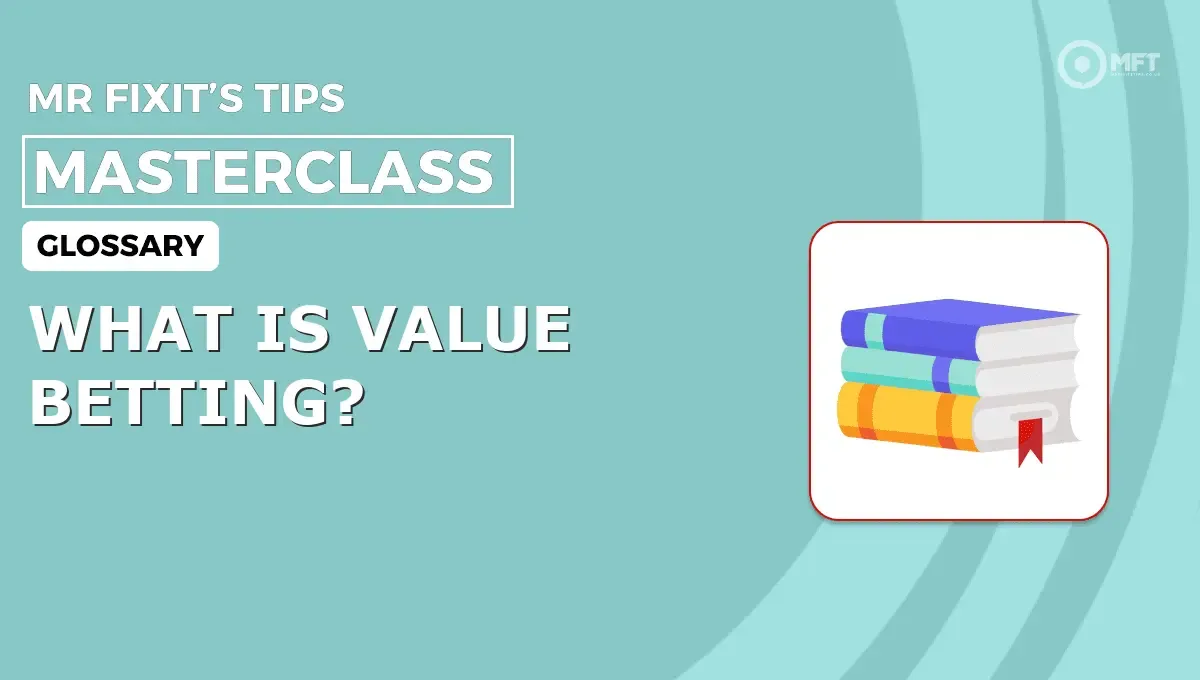
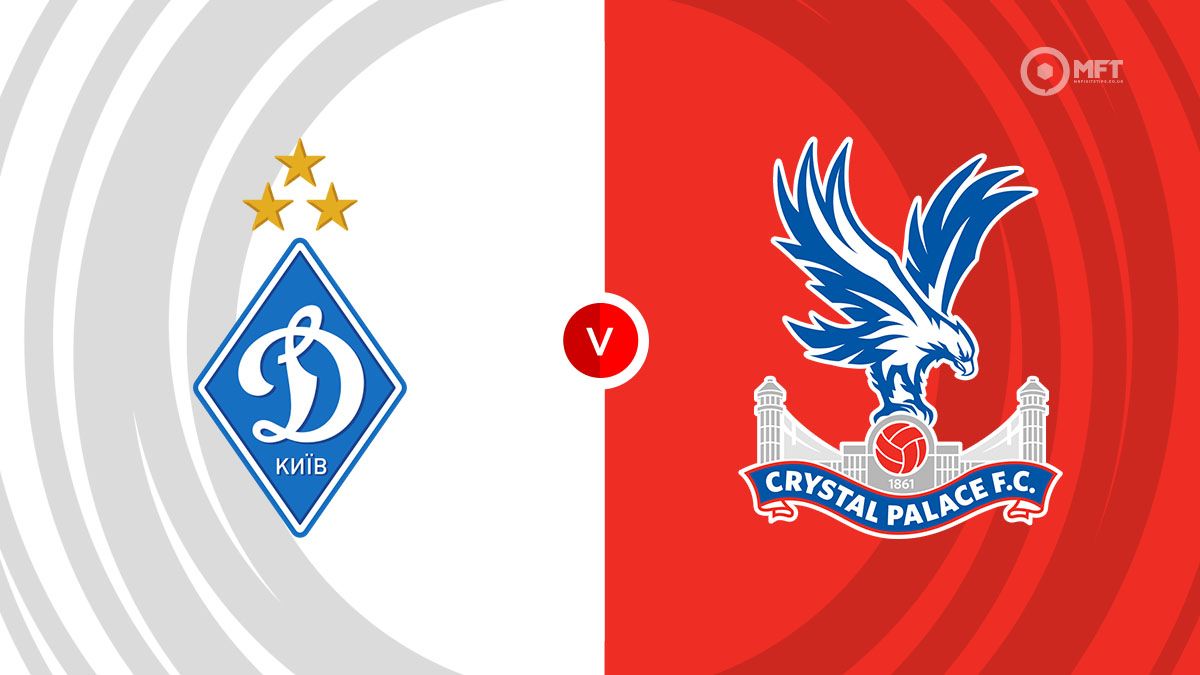
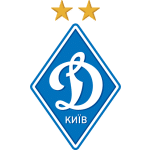

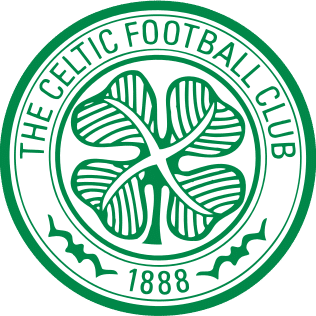


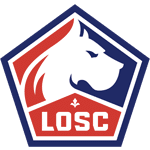










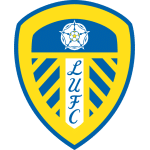



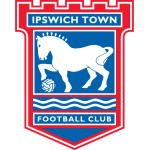















 GambleAware
GambleAware